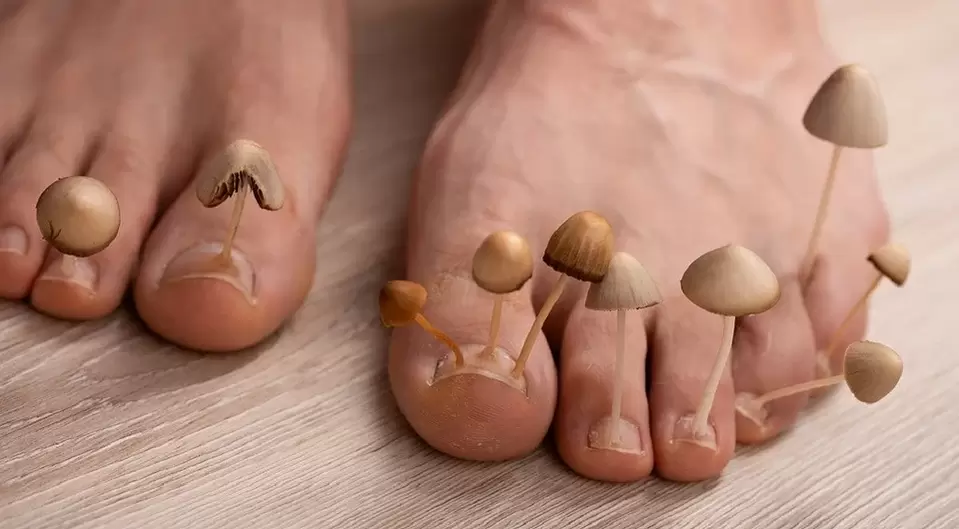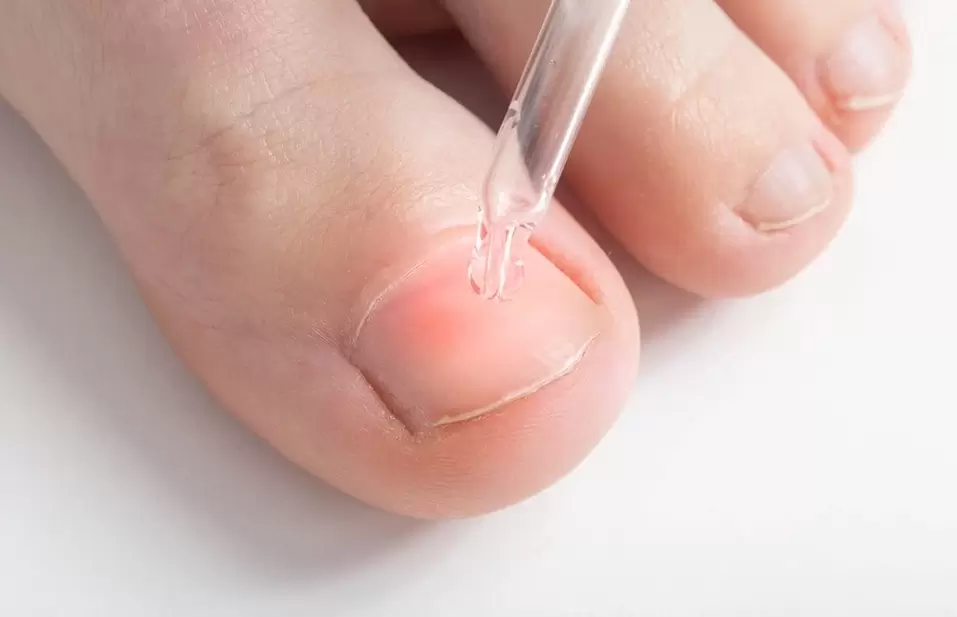
Types of toenail fungus
Types of fungi
- yeast.Yeast doesn’t just live outside, it’s part of our microbiome. Typically, it consists of an optimal mix of "good" and "bad" bacteria. Under normal immunity and health conditions, yeasts do not exhibit their negative properties, and if they are disturbed, they can become dangerous.
- Dermatophytes.This is the most common causative agent of the disease (more than 80% of cases). You can find them underground, in dust, and on cats and dogs. This species is also the causative agent of ringworm.
- mold.Mold thrives in moist and warm environments (which is why it's important to ventilate the room regularly). This mushroom is so common that it can be found almost everywhere, and some species can even be found in food. In addition to fungal diseases, they can also cause lung disease.
Depending on the type of mushroom, some treatments may vary. To determine the species, a fungal culture is taken from the nail to determine the type of fungus and its susceptibility to antifungal drugs. Based on these results, the drug is selected.
Classification according to lesion morphology
- surface- Damage to the nail plate itself.
- remote- The forefoot is affected.
- side- Side part.
- proximal- rear end.
- all- The entire foot is affected.
development stage
- Early.This is the most difficult stage because the external manifestations may be slightly noticeable at this time. At the same time, it is recommended to start treatment.
- progress.There has been a visible change in the appearance of the nails.
- roll out.The nail plate is damaged. Secondary infections may occur, which will only make symptoms worse.
Onychomycosis - Symptoms
The first signs of a fungal infection may begin with damaged skin on the feet, manifesting as redness, peeling, and itching. In addition, this disease can only begin with changes in the appearance of the nails. During the onset of the disease, the edges of the nail plate are most commonly affected and appear as yellow or white spots. Subsequently, the color of the entire sheet changes, as does the thickness. The infection may affect one nail or all of the nails.
%20and%20a%20healthy%20nail%20(right).webp)
reason
Prevention and treatment
- Wear only stone slabs in swimming pools, saunas, and bathrooms;
- Dry shoes regularly;
- Change socks regularly;
- After the pool, shower and let your feet dry;
- Don’t try on other people’s shoes, especially bare feet;
- Increase immunity.
How to get rid of foot fungus

Treatments for toenail fungus include topical methods (antifungal solutions, creams, ointments), as well as oral antifungal tablets. In the early stage of infection, if the duration of the disease does not exceed one month and the damage to the steel plate does not exceed 1/3, only topical antifungal treatment can be performed. If the process is long, pills may be needed to fully recover.
The most common mistakes in therapy
- Just leave your shoes and socks to dry, no handling required.If fungus develops on your feet, it's important to not only wash or dry your shoes or socks. Shoes should be treated with antifungals and socks should be ironed to kill harmful spores.
- Only use your own sanitary utensils, but do not dispose of them in any way.No matter who is infected - you or a relative, you need not only to start using only personal hygiene products and tools, but also to treat it with special methods. It is best to use disposable instruments if possible.
- Use folk remedies.You can find many such recipes on the Internet. Some may be helpful, but trying them on your own can be very dangerous. Everything needs to be approved by your doctor.















